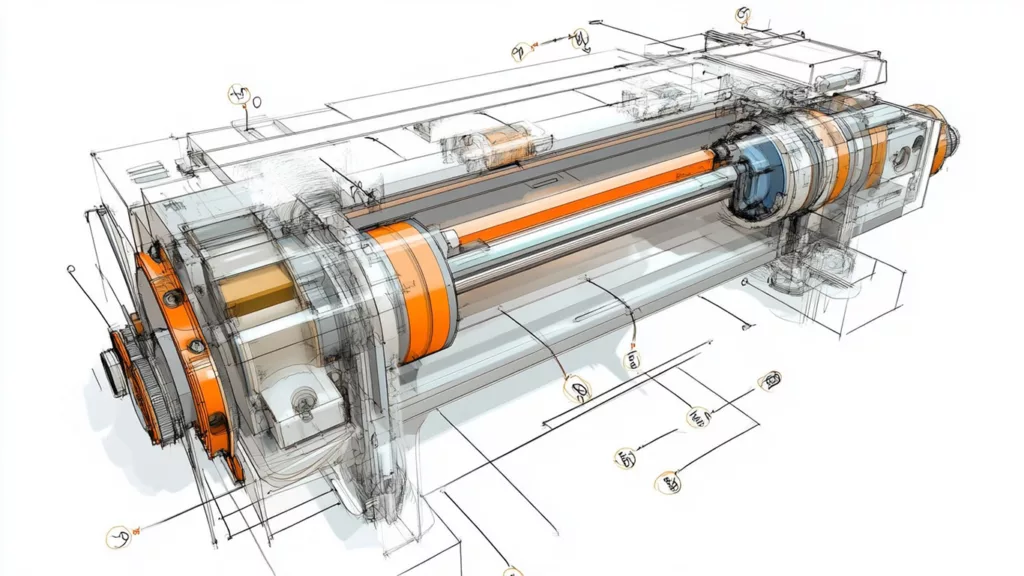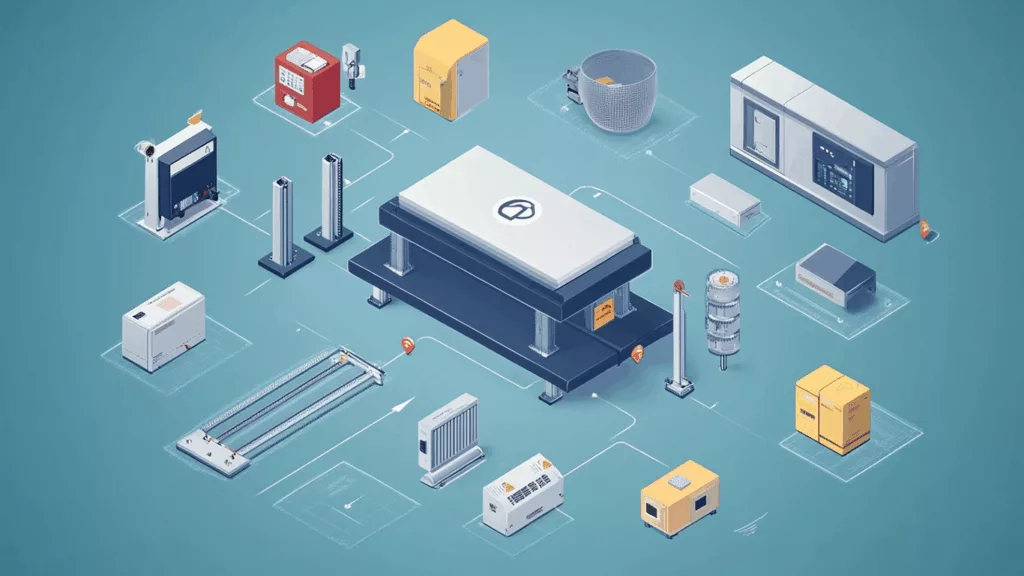Load Cell Basics: What It Is & How It Works
Accurate measurement of force, tension, or weight is fundamental across many industries, from manufacturing to healthcare. That’s where load cells come into play. In this beginner-friendly guide, we’ll break down load cell basics, explaining what they are, how they work, and the different types available.
XJCSENSOR, a leading load cell manufacturer of advanced sensor technologies, specializes in high-precision load cells designed for reliability and performance across critical applications. Whether you’re just getting started or looking to understand the technology behind industrial sensors, this guide will help you grasp the essentials.
What Is a Load Cell?
A load cell is a transducer that converts a mechanical force into an electrical signal. This conversion enables machines, systems, and devices to measure force or weight accurately. Load cells are essential in weighing systems, force measurement devices, and even in testing equipment used for quality control.
How a Load Cell Works

Understanding how a load cell works begins with the principle of strain gauges.
Strain Gauge Principle
Most load cells operate on the strain gauge principle, where tiny resistors are bonded to a deformable structure. When force is applied, the structure deforms slightly, causing the strain gauges to change resistance. This change is translated into an electrical signal that represents the applied force.
Signal Conditioning
The minute signals produced by strain gauges are amplified and conditioned for better readability. Signal conditioners or amplifiers enhance the signal and filter out noise, providing a reliable measurement output.
Types of Load Cells
Choosing the right load cell depends on the application and the type of force being measured. Below are the most common types of load cells:
Compression Load Cells
Used in applications where the force is applied in a downward direction. Ideal for weighbridges, industrial scales, and press force monitoring.
Tension Load Cells
Designed to measure pulling forces. Commonly used in tensile testing machines, cable tension monitoring, and lifting systems.
Shear Beam Load Cells
Compact and robust, perfect for low-profile platforms and industrial automation applications where side-loading may occur.
S-Type Load Cells
Named for their “S” shape, these are versatile and measure both tension and compression. They are commonly used in mechanical-to-electrical force conversion systems.
Button Load Cells
Miniature and easy to install, these are ideal for medical devices, robotics, and limited-space environments.
Applications of Load Cells
Load cells are widely used across various industries:
- Industrial Automation: Ensuring process control and consistency.
- Medical Equipment: For precise patient monitoring and diagnostics.
- Robotics: Enabling force-feedback and movement precision.
- Aerospace: Measuring stress and load in flight simulations.
- Automotive: Crash testing and component durability assessments.
FAQ
What is the main function of a load cell?
A load cell’s main function is to accurately convert mechanical force into an electrical signal for measurement and monitoring purposes.
Can a load cell measure both compression and tension?
Yes, certain types like S-type and universal load cells are designed to measure both compression and tension forces.
How accurate are load cells?
The accuracy depends on the type and quality, but precision models like those from XJCSENSOR can offer high-resolution measurements down to a fraction of a gram or newton.
Final Thoughts
Load cells are critical components in modern measurement systems, offering high accuracy and versatility. From industrial platforms to sensitive medical instruments, they ensure precision where it matters most.
XJCSENSOR continues to lead innovation in sensor technology, offering a wide range of reliable, cutting-edge load cells suited for diverse applications. Whether you’re designing a new system or upgrading existing equipment, understanding load cell basics is the first step to smart measurement solutions.




